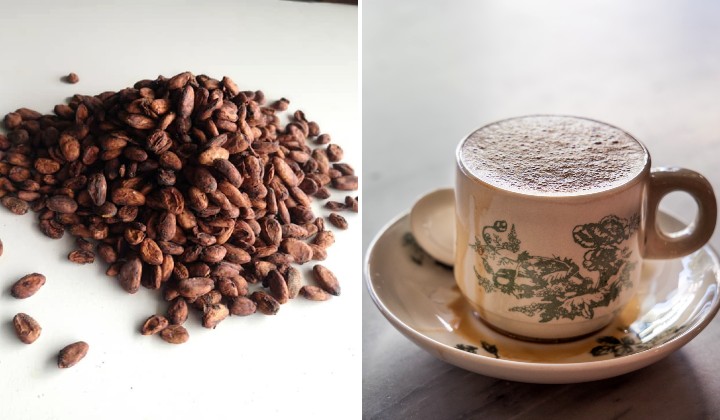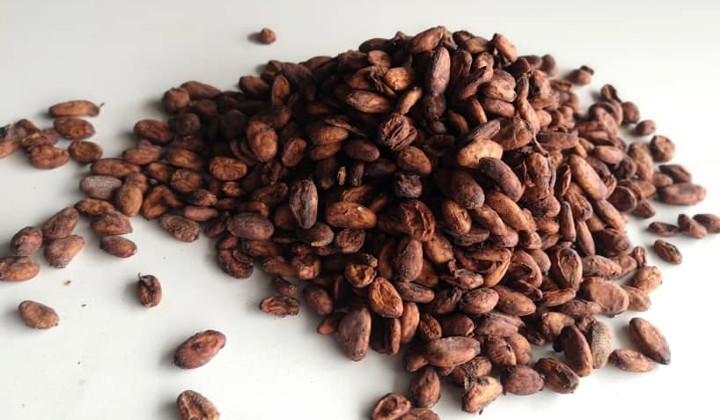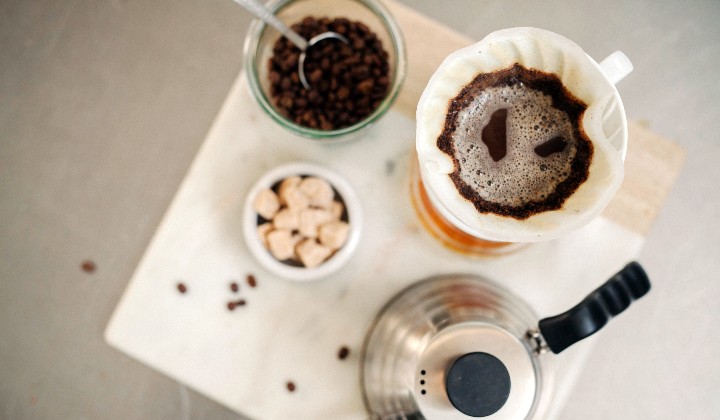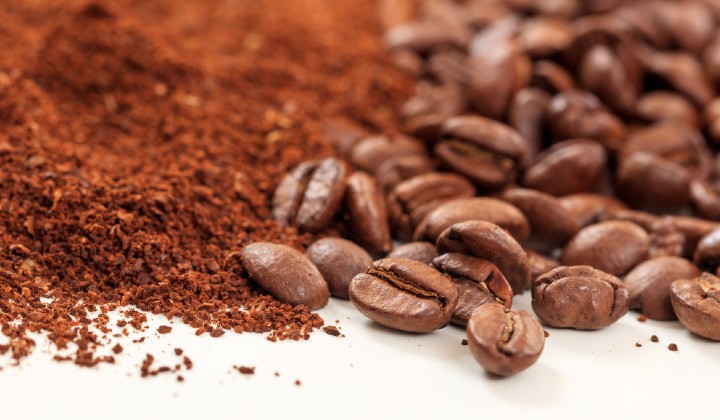Forget Arabica Coffee, Have You Tried Malaysia’s Own Liberica Coffee?
Liberica coffee accounts for only 1% of the global coffee supply.

Subscribe to our new Telegram channel for the latest updates and stories.
Did you know that Malaysia grows our own coffee? There are three main varieties of coffee beans: Arabica, Robusta, and Liberica, which contributes around 60%, 40%, and 1% of the world’s coffee supply globally.
However, Malaysia mainly grows Liberica coffee, because the Arabica and Robusta does not grow well in our weather and clay-like soil.
Liberica coffee is also labour-intensive with irregularly shaped coffee beans that do not play well with large-scale machine farming, which is why farmers around the globe would prefer to grow Arabica, which is in much higher demand as well.

(Credit: My Liberica)
Yet Liberica, despite being difficult to grow with low demand on the market, is a hidden gem best suited for Malaysian tastes.
Kopi gets real kao!
Most Malaysians would be most familiar with Arabica coffee beans, widely used in coffee shop chains like McCafe and Starbucks, and even artisanal coffee shops.
Yet we would be missing out on the uniquely deliciously sweet and thick coffee made with Liberica– made just the way we like it.
For Malaysians who like kopi kao for their intense flavour, Liberica is your best bet with its strong flavour profiles, sweet floral fruitiness (depending on how the beans were pollinated), and thick taste.

(Credit: Envato)
In fact, the way we like our coffee is likely shaped by the Liberica itself, as the coffee used in Malaysian kopitiams is actually often a blend of Robusta and Liberica!
A struggling cuppa
Despite the unique flavour we get from Liberica coffee, it’s a struggling product. Liberica is irregularly shaped with a thick shell, and grows as a short tree instead of a shrub. It is not a machine-friendly product, meaning manual physical labour is required to farm Liberica coffee cherries, remove the tough pulp, and dial in the right roast profile.
All the manual labour required means that even when quality Liberica is picked, processed, and sold, it is expensive.
Additionally, because the demand for Liberica coffee is low, the profit margin on Liberica is also nothing to shout about.
At the end of the day, our domestic Liberica coffee would end up about the same price as imported Grade 1 Ethiopian Arabica coffee!

(Credit: Envato)
As a result, farmers would rather turn to “richer” crops such as palm oil which provides a much more profitable yield.
New farmers are also not too keen to take up Liberica as a crop to invest in, so existing Liberica farms are all smaller-scale and run by the older generation– with no fresh blood to take over.
Where can you get it?
There is a small movement to garner more demand for Liberica coffee, first locally, then internationally.
For now, the best place to find Liberica coffee in all its forms is online on ecommerce platforms, although you may be able to come across some at confectionary stores selling local goods and produce.
As of now, My Liberica based in Johor Bahru is touted as the one and only specialty Liberica coffee bean producer that handles the entire process of Liberica coffee from farm to cup, and is on a mission to let Malaysians try their own locally grown coffee.
Those in Selangor may also visit Chop Guan Kee Coffee in Sungai Pelek as they advertise Liberica coffee as well.
Have you ever tried Liberico coffee? Do you have a favourite coffee shop to recommend? Share your recommendations with us via TRP’s Facebook, Twitter, and Instagram.
Anne is an advocate of sustainable living and the circular economy, and has managed to mum-nag the team into using reusable containers to tapau food. She is also a proud parent of 4 cats and 1 rabbit.

